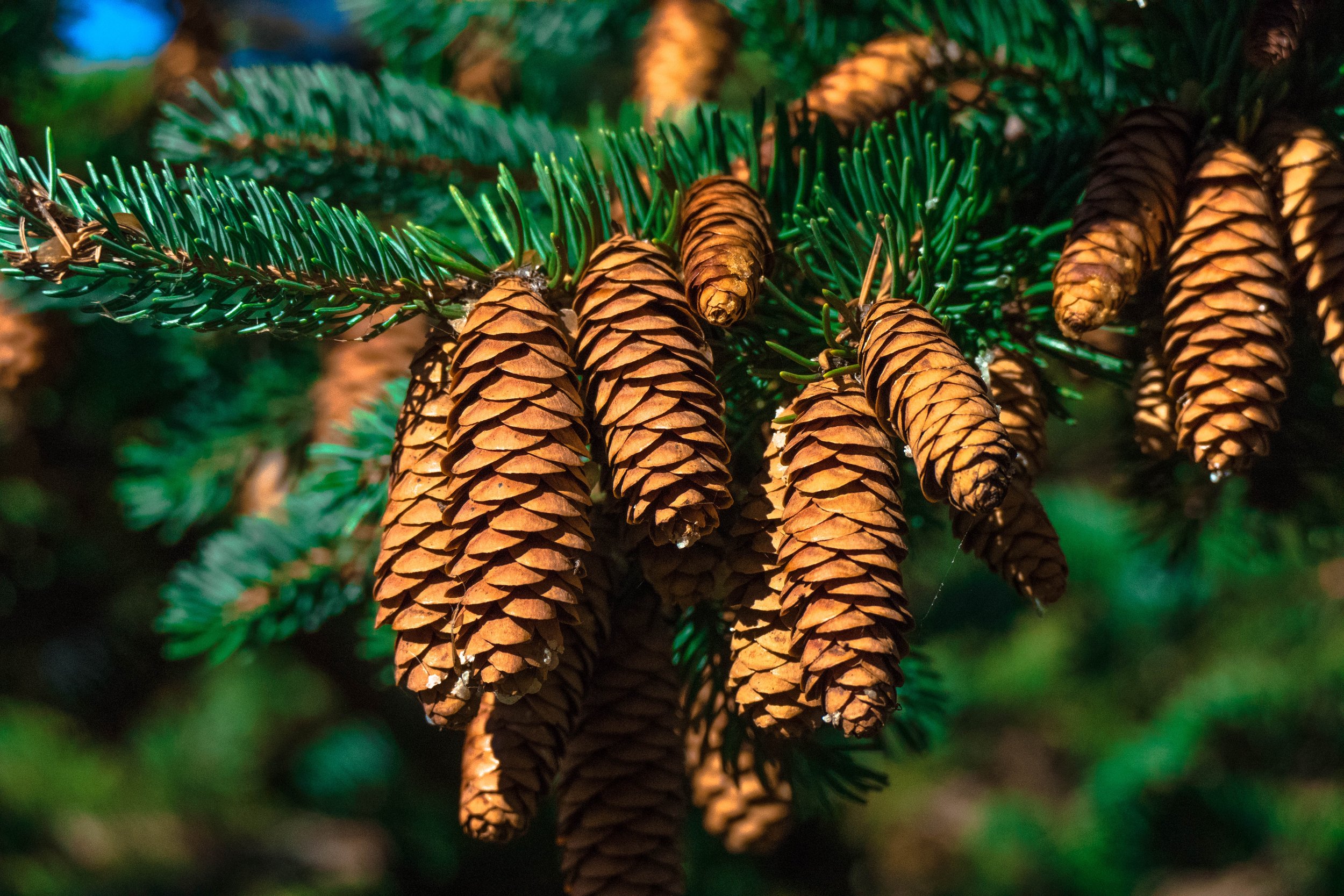The Role of Evergreens in the Landscape
Evergreens are not just the backbone of winter landscapes; they offer a year-round tapestry of color, texture, and life. Here’s why these verdant stalwarts are indispensable in any garden or landscape design.
1. Year-Round Beauty:
The most apparent role of evergreens is their ability to maintain greenery throughout the seasons. When deciduous trees lose their leaves and the landscape can turn into a stark, monochromatic scene, evergreens provide a vibrant contrast. They keep your garden looking alive and lush, even under a blanket of snow, ensuring there's never a "bare" season in your outdoor space.
2. Privacy and Screening:
Evergreens like Thuja, Arborvitae, or dense varieties of Spruce and Pine are excellent for creating natural barriers. They can be used to screen unsightly views, block out noise, or provide privacy from neighbors. Their year-round foliage ensures these benefits are available in every season, unlike deciduous hedges which lose their effectiveness in autumn and winter.
3. Structural Integrity:
In landscape design, evergreens offer structural elements. Their diverse forms - from the conical shapes of firs to the sprawling, ground-hugging junipers - add dimension and interest. They serve as focal points or as background features, shaping the space and guiding the eye through the garden.
4. Habitat and Wildlife Support:
Evergreens are vital for local wildlife. They provide cover from predators and harsh weather, nesting sites, and food in the form of seeds or berries. Species like the Eastern Redcedar are particularly noted for supporting bird populations. By planting evergreens, you're not just enhancing your garden but also supporting biodiversity.
5. Climate Control:
Evergreens can act as windbreaks, reducing wind speeds and thus protecting other plants or structures from wind damage. They also play a role in soil conservation by preventing erosion. In colder climates, they can help in creating microclimates that are slightly warmer and less windy, aiding in the survival of less hardy plants.
6. Air Purification:
Like all plants, evergreens absorb carbon dioxide and emit oxygen, but their evergreen nature means they're doing this year-round. Some species, like pines, are particularly effective at removing particulate matter from the air, contributing to better air quality.
7. Low Maintenance:
Many evergreen species require minimal maintenance once established. They generally don't need annual pruning, and their leaves don't need raking, making them ideal for those looking to keep garden upkeep low.
8. Versatility in Design:
From tiny rock garden gems to towering forest giants, evergreens come in a variety of sizes, colors, and textures. This diversity allows them to fit into any landscape style, whether you're aiming for a formal garden, a natural woodland look, or something in between.
Conclusion:
Evergreens are not just about keeping green; they are pivotal in creating dynamic, functional, and beautiful landscapes. They marry ecological benefits with aesthetic pleasures, making them an essential component for any gardener or landscape designer. Whether you're looking to add structure, privacy, or simply year-round interest to your garden, evergreens are your go-to palette for painting a landscape that's vibrant, sustainable, and resilient.
Images via pxHere


